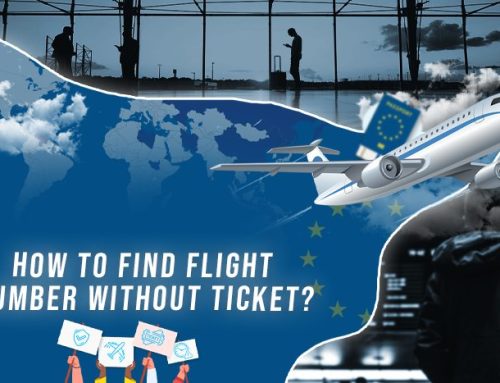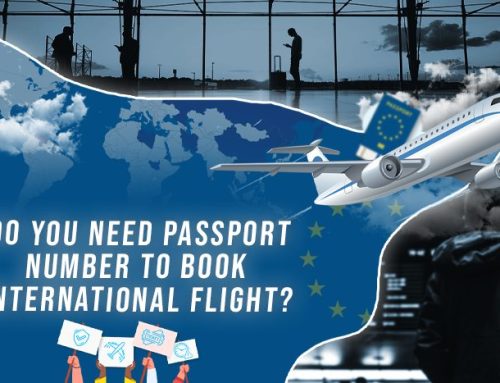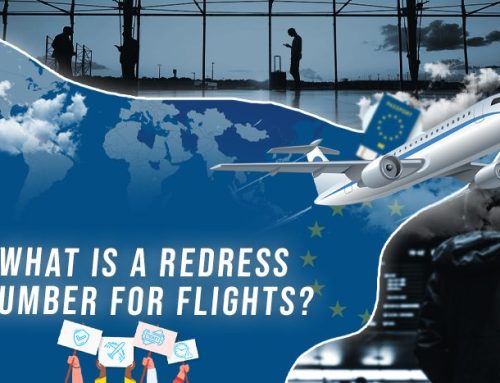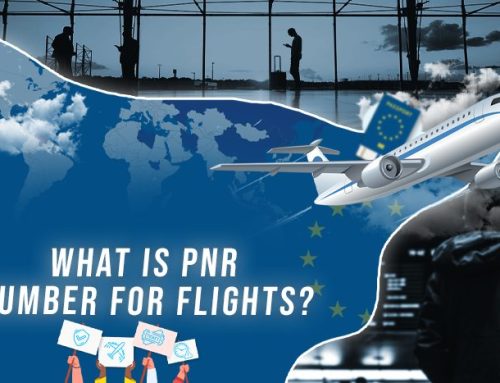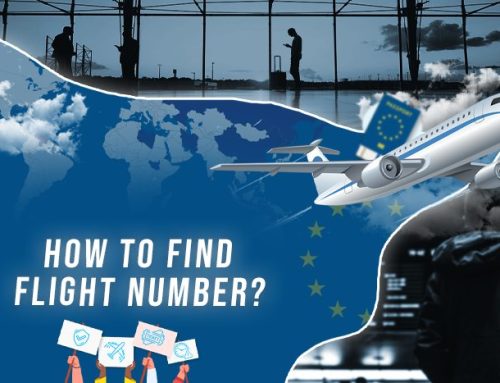Snowstorms can delay flights, making it challenging to take off and land due to low visibility, icy conditions, and more. However, what if it’s just cold out? Can airplanes fly in cold weather? Absolutely! Planes can fly in cold weather. However, if there’s any condensation collecting on the plane, there may be some additional steps they need to take to make sure they’re flight ready. Here’s everything that planes need to fly in cold weather.
Key Takeaways
- Cold weather alone does not prevent airplanes from flying. Airplanes are designed to handle colder temperatures in the atmosphere than those experienced on the ground.
- When the temperature drops below 30 degrees, airplanes need to undergo deicing procedures to remove ice, snow, and frost that can accumulate on their surfaces. Failure to deice can pose significant safety hazards by interfering with airflow.
- In-flight deicing systems, such as bleed air systems and deicing boots, are crucial technological advancements that help prevent ice formation on the plane’s surface during flight, ensuring a safe and smooth journey.
- Deicing can cause flight delays, especially in severe weather conditions with heavy snow or ice. Passengers should be prepared for potential delays and understand that deicing is a necessary precaution to ensure flight safety.
- If your flight is delayed or canceled due to cold weather in the European Union, you may not be eligible for compensation under EC 261, as weather-related issues are considered extraordinary circumstances beyond the airline’s control. However, you can still inquire with customer service about possible goodwill gestures.
Flying in Cold Weather
Cold weather in itself is not enough to deter a plane from flying. After all, the temperatures in the atmosphere are much colder than on the ground. Ground temperature matters when it comes to taking off, and if it’s cold, there’s an extra step to prepare for flying.
If the temperature drops lower than 30 degrees, then planes need to deice. This is because ice, snow, and frost can start to collect on the wings during these temperatures, which can quickly become a safety hazard. Anything on the plane’s surface can interfere with airflow, so it is critical that planes take the time to deice prior to takeoff.
Planes can also utilize in-flight deicing systems, including bleed air systems, which can help route heat throughout the surface of the plane to keep it warm enough that ice would not form while in the air.
There are also deicing boots, which are rubber balloons or coverings that are placed on the wings, fan blades, propellors, tails, or engines. These can be inflated during the flight, helping to break up any ice that forms on the surface. Both of these are great technological advances that can help keep a plane flying in cold weather.
Depending on the weather conditions, it can take a few minutes to deice to more than 30 minutes. Simple frost takes less, while heavy, wet snow or ice can take the most time. If a plane intends to fly in cold weather, it must prepare to be deiced, which will often cause delays.
Can I Get Compensated if the Cold Weather Delayed My Trip?
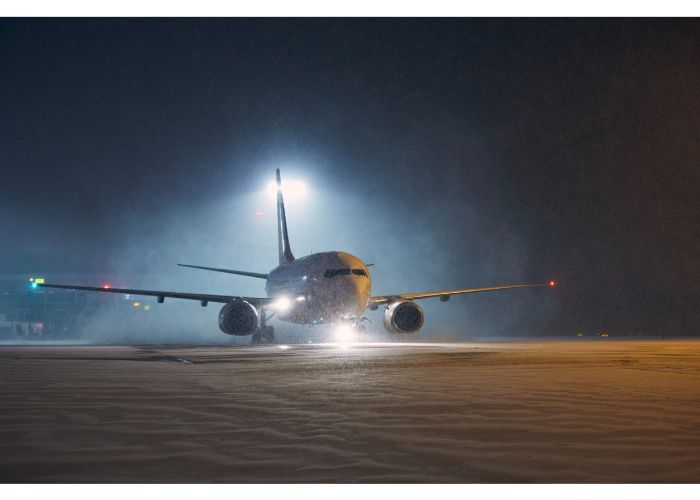
Unfortunately, for those traveling in the European Union, if their flights are delayed or canceled due to cold weather, you are not eligible for compensation under EC 261. Weather qualifies as extraordinary circumstances as they are out of the airline’s control. However, you can always contact customer service to see if they will offer you something as a goodwill gesture.
Conclusion
Thankfully, it’s not really possible for it to be too cold to fly as long as the engines are able to start. A plane will deice to get off all the ice and snow from the wings prior to take off, and once you’re in the air, you should have smooth sailing!
There are additional in-flight deicing technologies that a plane can use should ice and condensation collect while they are in the air. However, it’s important to remember that the temperature in the air is much colder, so they are designed to withstand all different temperatures with little impact on the aircraft.
Frequently Asked Questions
-
Why is deicing necessary for airplanes in cold weather?
Deicing is necessary because low temperatures can cause ice, snow, and frost to accumulate on the airplane’s wings and surfaces. This buildup can disrupt the smooth flow of air over the aircraft, leading to potential aerodynamic issues and compromising flight safety. Deicing removes these frozen elements, ensuring a clean surface for takeoff and a safe flight.
-
How long does the deicing process typically take?
The duration of the deicing process can vary depending on the weather conditions and the severity of ice or snow buildup. Simple frost might take just a few minutes to deice, while heavy, wet snow or ice may require more than 30 minutes. Airlines prioritize safety, so they will take the necessary time to ensure the aircraft is properly deiced before departure.
-
Can in-flight deicing systems completely prevent ice formation during flight?
In-flight deicing systems, like bleed air systems and deicing boots, are effective measures to prevent ice buildup during flight. These systems help maintain the surfaces of the plane at a temperature that prevents ice formation. However, in extremely severe conditions, some ice may still accumulate, which is why pilots continuously monitor the aircraft and may request additional deicing if needed.
-
Are there specific temperature limits for airplane operation in cold weather?
Airplanes are designed to operate in a wide range of temperatures, including cold weather. While there are no specific lower temperature limits for all aircraft, they must adhere to guidelines set by their manufacturers and aviation authorities. Airlines have well-defined procedures for flying in cold weather and will ensure that all necessary precautions, including deicing, are taken to ensure safe flights.
-
Are there any risks associated with flying in cold weather, even after deicing?
Deicing significantly reduces the risks associated with flying in cold weather; however, it does not eliminate all potential hazards. Pilots are trained to handle various weather conditions and are prepared to make informed decisions if unexpected challenges arise during the flight. Additionally, air traffic control and airport authorities work together to manage weather-related risks and ensure the safety of passengers and crew.



